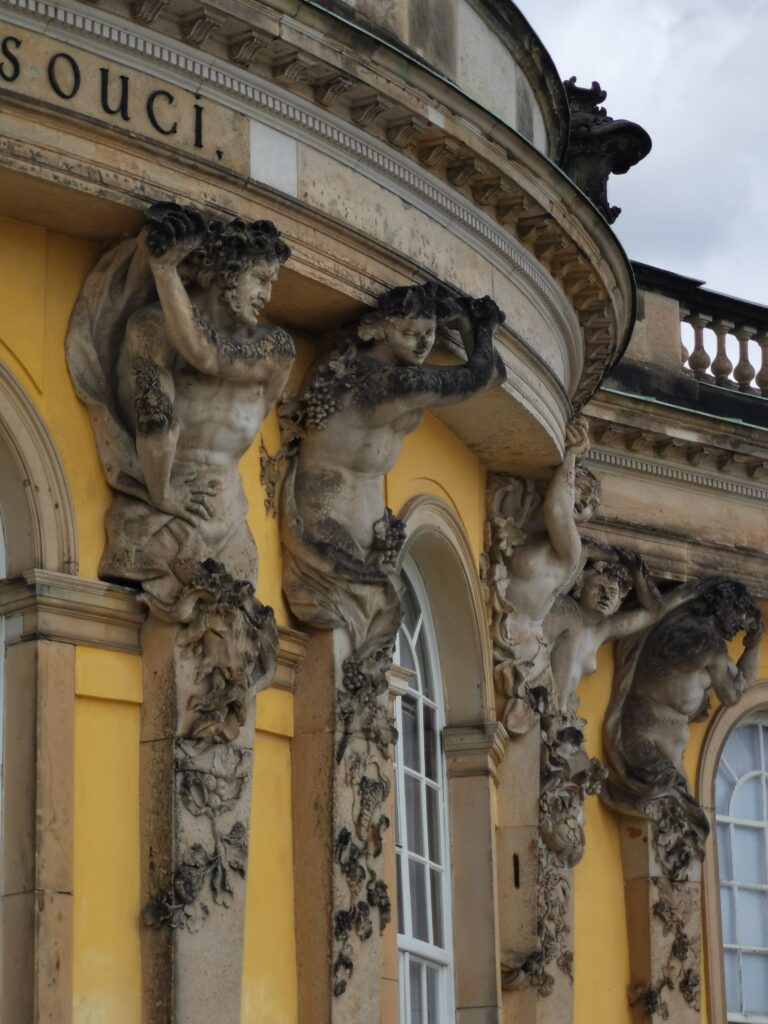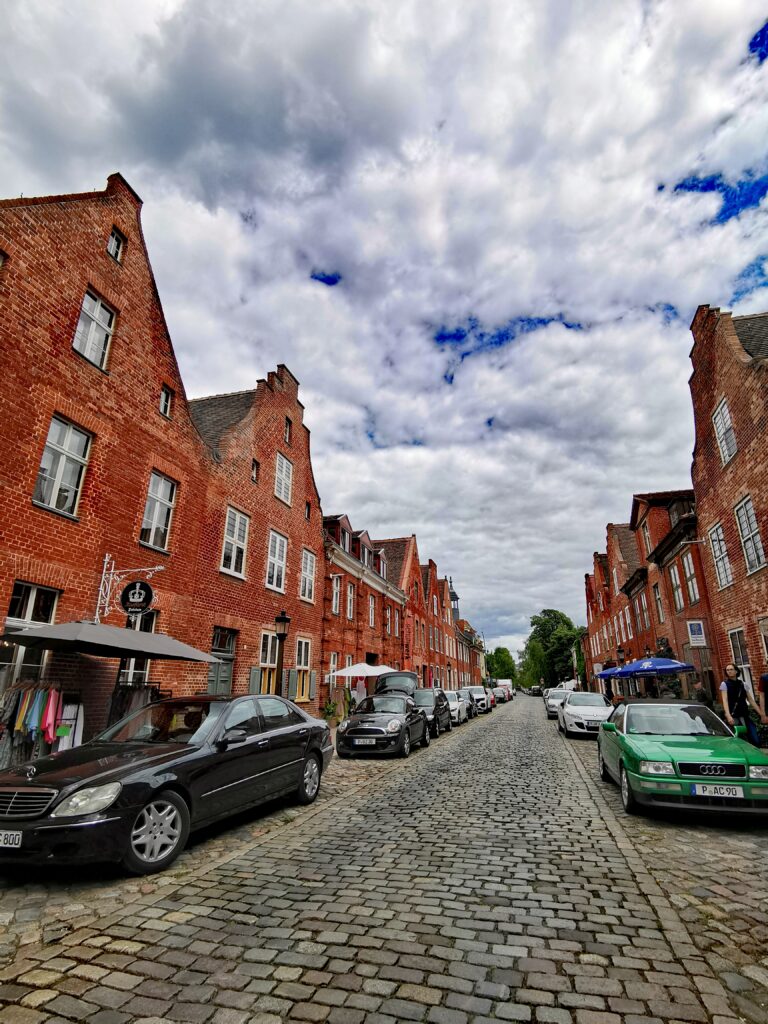POTSDAM: THE SPECTACULAR REBIRTH OF THIS HISTORICAL CITY
The city of Potsdam is already well-known thanks to the presence of numerous UNESCO-listed palaces and parks, including the magnificent Sanssouci Park.
The city is increasingly gaining attention from tourist attention thanks to the reconstruction of its historical district and the rebirth of some previously destroyed monuments and houses.
UNESCO listed Potsdam back in 1990 unique ensemble of architecture and landscape gardening from the 18th and 19th centuries. With 500 ha of parks and 150 buildings constructed between 1730 and 1916, Potsdam’s complex of palaces and parks forms an artistic whole, whose eclectic nature reinforces its sense of uniqueness. It extends into the district of Berlin-Zehlendorf, with the palaces and parks lining the banks of the River Havel and Lake Glienicke.
Over the last 30 years, the city of Potsdam has enjoyed a complete revival. Back to 1990, city authorities decided to bring back to the old royal capital of Prussia its historical city centre, largely destroyed during World War II and further damaged under communist rules from the 1960s to the 1980s. In 1999, the “Potsdamer Mitte” (“Potsdam City Centre”) reconstruction project was officially launched. Focus was first to recreate the old traditional layout of the Alter Markt, Potsdam Old Market Square.

The Alter Markt is once again becoming one of the most beautiful squares in Europe, as it gradually recovers its architectural setting. “With the flats that are being built and the public mix of uses from art and culture, supply and gastronomy, an urban quarter is being created in the heart of the city,” explains Potsdam Mayor Mike Schubert. “I am delighted that Potsdamer Mitte is taking shape as an urban and diverse place to live.”
Potsdam Old Market is a magnet for visitors
A range of new “old” sightseeing and attractions are visible again and can be visited. This is the case for Potsdam city castle. Destroyed in WWII, the castle’s baroque style facades have been restored and it is now home to the regional parliament.
Facing the castle, the Palais Barberini is a magnificent structure commissioned 250 years ago by Prussian King Frederick the Great. Faithfully reconstructed in 2017, the Museum Barberini, is now one of the most visited places in Postdam thanks to its regular art exhibitions. The highlight is the Hasso Plattner Collection showing the largest collection of French impressionist paintings in Germany.
New buildings are taking shape around the Alter Markt, the city’s market sqaure. Two former 18th century palaces, the “Klinger Mansion” and the famous “Plögersche Inn”, both of which were destroyed in WWII, are due to be rebuilt. According to plans, by 2030, the redevelopment measures in Potsdamer Mitte should be completed. Nearby, a promenade is also taking shape along the Havel River facing the “Friendship Island”, a recently restored green space.
A city to explore beside Sanssouci gardens

Outside the Old Market Place, many areas are currently under reconstruction: the Garrison Church in the historic centre of Potsdam was considered as a major work of Prussian baroque architecture. It is under reconstruction again and will serve for religious but also cultural purposes. In the 2010s, the city restored the old Dutch Quarter (Holländisches Viertel), a unique collection of 134 Dutch, red brick buildings, built in late baroque style from 1733 to 1740. The streets are now filled with shops, restaurants, bars and are a major attraction for visitors.
Potsdam’s pedestrian area is a colourful part of the city with many shops installed in renovated baroque houses. Nearby, tourists can stroll along the gardens of chic villas at Potsdam City Hall as well as in the Russian village with its 19th-century wooden houses. Built for Russian musicians employed in the Prussian Royal Guards Regiment, the wooden cottages have been restored with one serving as a museum.
For any fans of history, arts and architecture, Potsdam is a remarkable example of a city where the past is being brought back to life, more than 75 years after vanishing.
